In the world of photography, maintaining a high level of service while managing equipment and scheduling can be a daunting task. Maintenance management software offers a robust solution to streamline operations, enhance productivity, and ensure that photographers can focus on their craft. This article explores the key benefits of using maintenance management software in the photography business.
Streamlined Equipment Management
Photographers rely heavily on various equipment, including cameras, lenses, lighting, and editing software. Regular maintenance of this equipment is crucial for ensuring optimal performance and preventing costly repairs or downtime. Maintenance management software helps photographers track the status of their gear, schedule maintenance tasks, and record service histories. This proactive approach ensures that all equipment is in excellent condition, reducing the risk of equipment failure during crucial shoots.

By automating maintenance schedules, photographers can easily set reminders for regular check-ups or servicing. This can include everything from lens cleaning to software updates, allowing photographers to stay ahead of potential issues. The result is not only improved equipment longevity but also enhanced performance, which directly translates to better quality images.
Efficient Workflow and Scheduling
In the photography business, time is of the essence. Photographers often juggle multiple projects, clients, and deadlines. Maintenance management software can help streamline workflow and scheduling by providing a centralized platform for managing appointments, project timelines, and client communications.
With this software, photographers can create and manage schedules more efficiently. The software can send automated reminders for upcoming shoots, client meetings, or equipment maintenance tasks, ensuring that nothing falls through the cracks. Additionally, photographers can integrate their schedules with other tools, such as calendars and project management software, for a more cohesive workflow.
Improved Resource Allocation
Effective resource allocation is crucial in photography, especially when working with limited budgets. Maintenance management software provides insights into equipment usage and maintenance needs, allowing photographers to make informed decisions about resource allocation.

For instance, if a particular camera or lens requires frequent maintenance, photographers can evaluate whether it’s worth the investment or if it’s time to upgrade to newer equipment. By tracking expenses associated with equipment maintenance, photographers can better understand their overall costs and make adjustments to their business strategies accordingly.
Enhanced Client Satisfaction
In a service-driven industry like photography, client satisfaction is paramount. By ensuring that all equipment is well-maintained and that scheduling is efficient, photographers can deliver a more reliable and consistent service to their clients. Maintenance management software enables photographers to respond quickly to client inquiries and keep them informed about project timelines.
Moreover, when photographers can deliver high-quality images without delays caused by equipment issues, clients are more likely to be satisfied with the results. This not only fosters repeat business but also encourages positive referrals, which are invaluable in the photography industry.
Conclusion
Incorporating maintenance management software into a photography business can significantly enhance operational efficiency, improve equipment longevity, and elevate client satisfaction. By automating maintenance tasks, streamlining scheduling, and optimizing resource allocation, photographers can focus more on their art while ensuring their business runs smoothly. In an industry where quality and reliability are essential, maintenance management software is an indispensable tool for photographers looking to maintain a competitive edge.



